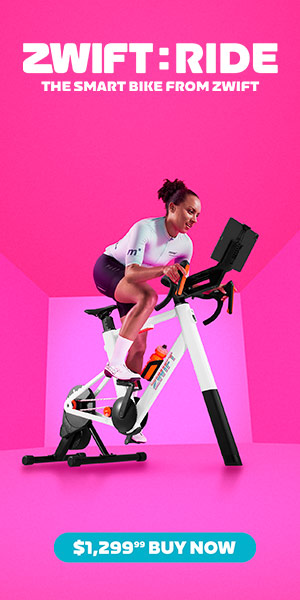In May 2025, the FemmeCycle Collab (FCC) partnered with Zwift to launch a four-week women’s race series that grouped participants by age. There were five age brackets, with racers under 30 placed in one group and those over 60 in another. While this categorization was welcomed by some, many others remained skeptical. Interestingly, a portion of the feedback questioned the fairness of using age as a basis for categorization. These women referenced the previous Zwift model, which categorized racers using performance metrics like zFTP (~40 min power max) and zMAP (4-6 min power output), as a fairer system.
This feedback, particularly the reactions to this Zwift Insider article, got my wheels turning. Why do we, as women racers, consider a model based on medium- and long-term watts-per-kilogram (w/kg) output “fair”? And does this perception align with how athletes are categorized in outdoor cycling or other sports?
Let’s examine how categorization works in professional cycling, amateur events, and other sports to gain a better understanding of what might be applicable in the esports context.
“Real” Outdoor Professional Bike Racing
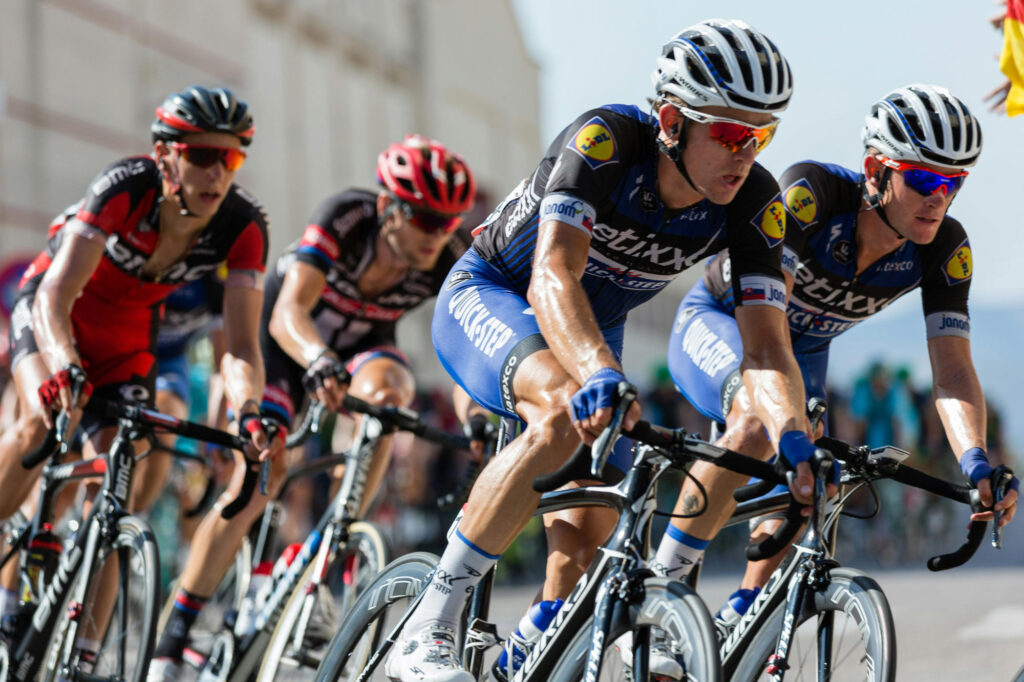
In professional cycling, which is often (perhaps unfairly) compared to community-level esports racing, categorization is rarely rigid. Instead, there are varied points systems that reward different elements: overall finishing position, stage wins, sprint points, mountain points, and even subjective recognitions like “most combative rider” or “best young rider.”
Although racers in mountain bike, gravel, or road events aren’t explicitly categorized in novel ways, these formats are largely self-selecting. Riders choose races that suit their strengths, whether that’s climbing, sprinting, or endurance.
Outdoor Amateur Cycling
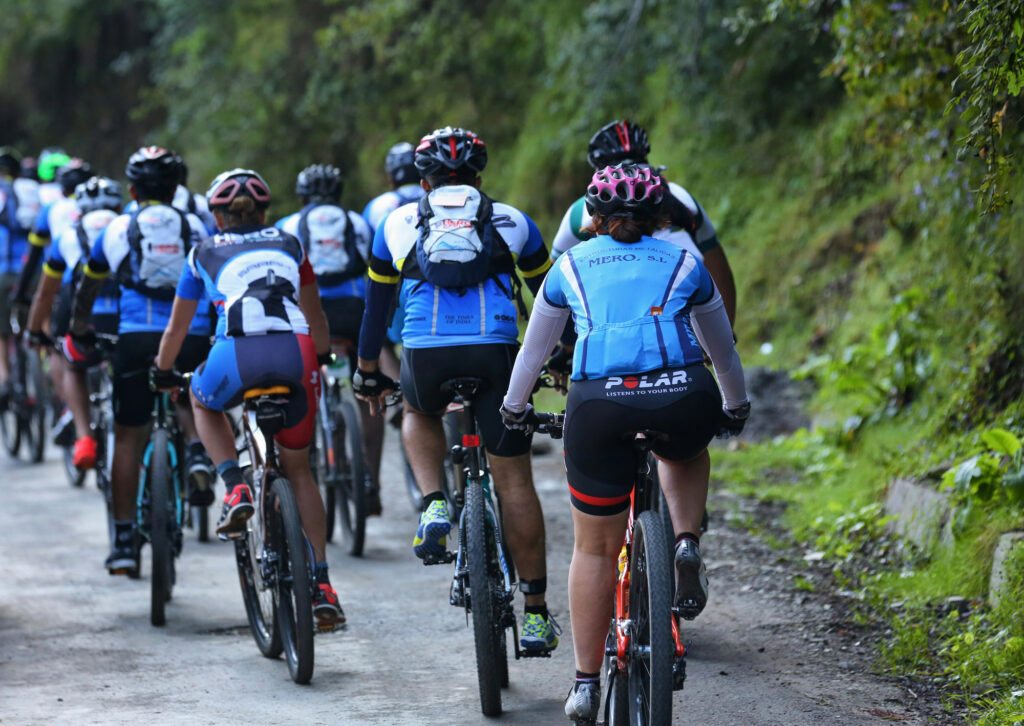
At the amateur level, race formats and categorization vary globally. In the USA, criterium races dominate, while in the UK, time trials are more common. Again, there’s a self-selecting dynamic: riders choose the races that align with their abilities and preferences.
Some events include special categories, such as the “Clydesdale” class in mountain races for heavier riders, which reflects an effort to tailor competition based on rider phenotype. However, most outdoor amateur racing disciplines employ a categorization system that starts everyone at the bottom, with progression based on both experience and performance. This has practical justifications (e.g., bike handling skills at high speeds).
Other Sports
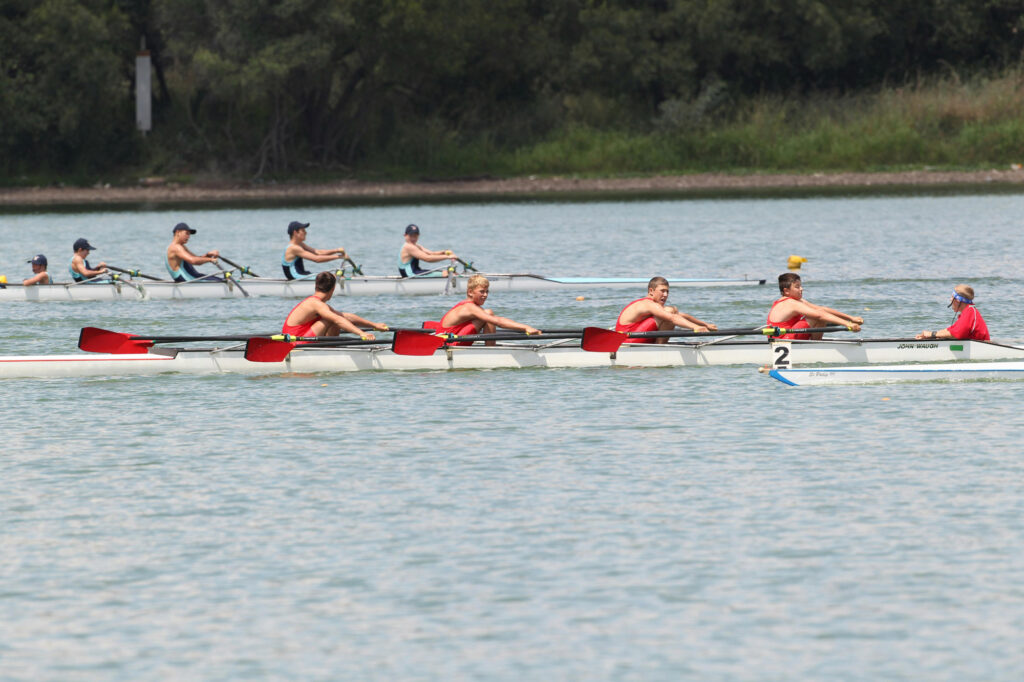
As a former rower in high school and college, I saw firsthand how diverse categorization can be. Rowing classifications vary by boat type (single, double, quad, or eight), rowing style (sweep or scull), weight class (lightweight or heavyweight), and even team composition (men’s, women’s, or mixed). Events are further divided by age group and skill level.
Track and field provides another strong model for categorization by athlete type. You have sprinters, distance runners, hurdlers – all with distinct strengths and race types. Athletes specialize early and select events that match their capabilities. In contrast, community-level esports cycling allows anyone to enter any race, regardless of phenotype. This can lead to mismatches and a feeling of disconnection between racer and race.
Why shouldn’t esports racing be just as versatile? We already have points races and climbing races. Why not a climbing event organized by weight class? Or a mixed-ability team time trial where the team’s result is based on the finish time of the lowest-ranked member?
So, What Makes a Race Feel “Good” or “Fair”?
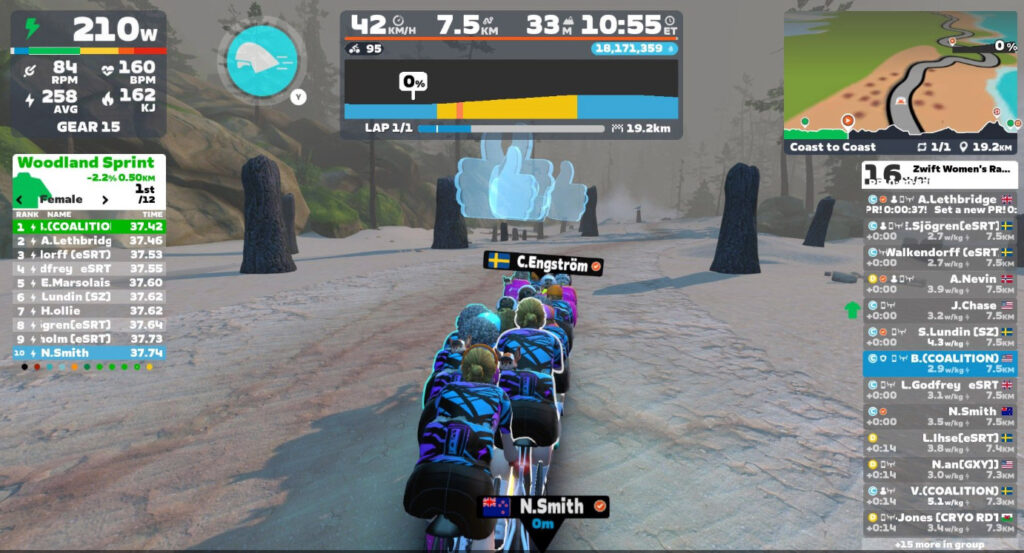
A healthy pen size is important—it keeps things competitive and engaging. But beyond that, what truly matters is the sense that every racer belongs and that their unique strengths contribute to the dynamic of the race. If everyone has a superpower, why not create races using categorization systems that allow athletes to showcase theirs?
There are multiple platforms launching in 2025 which will allow race organizers to showcase the performance in race fields, including ECRO and Lead Out. These services could make community-level racing more exciting on every platform for both racers and spectators. Now is the time to explore what racers want, so the right tools can be built.
Share Your Thoughts
I’d love to hear from others in the community – what kinds of racer categorizations feel fair to you? What formats have made you feel seen and valued as a racer?
Let’s keep the conversation going and explore how we can build more inclusive, creative, and exciting race experiences together.
